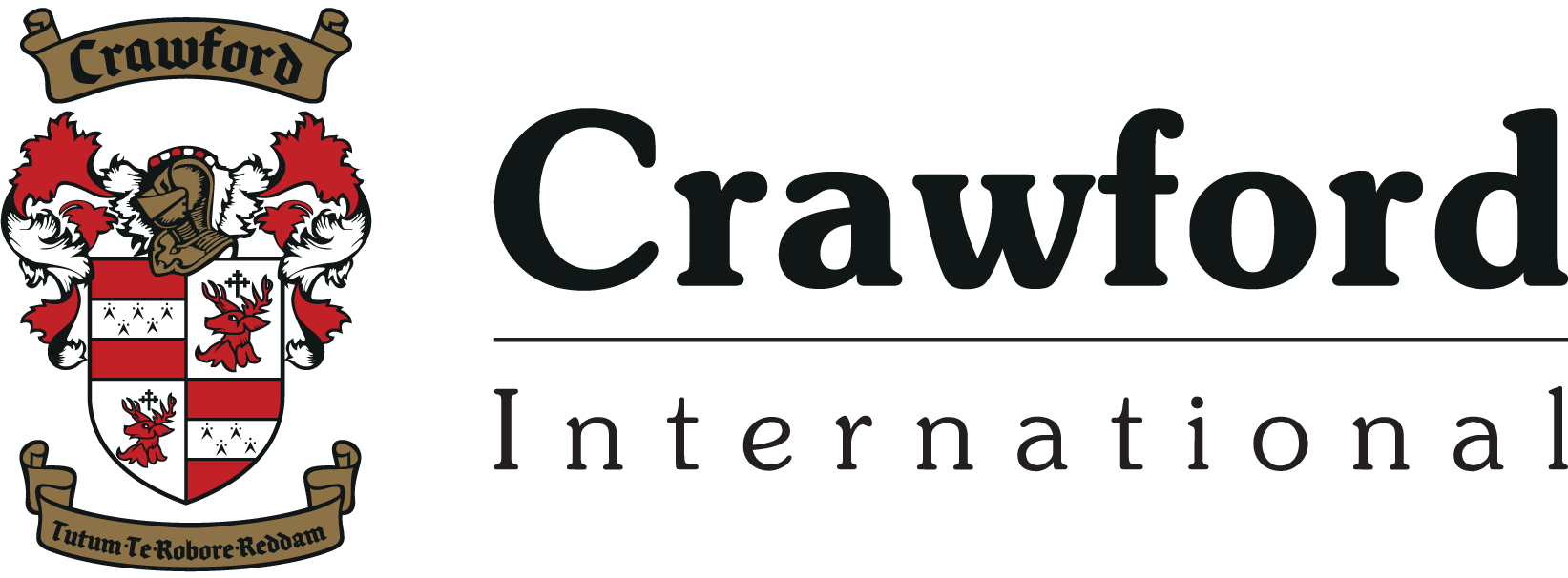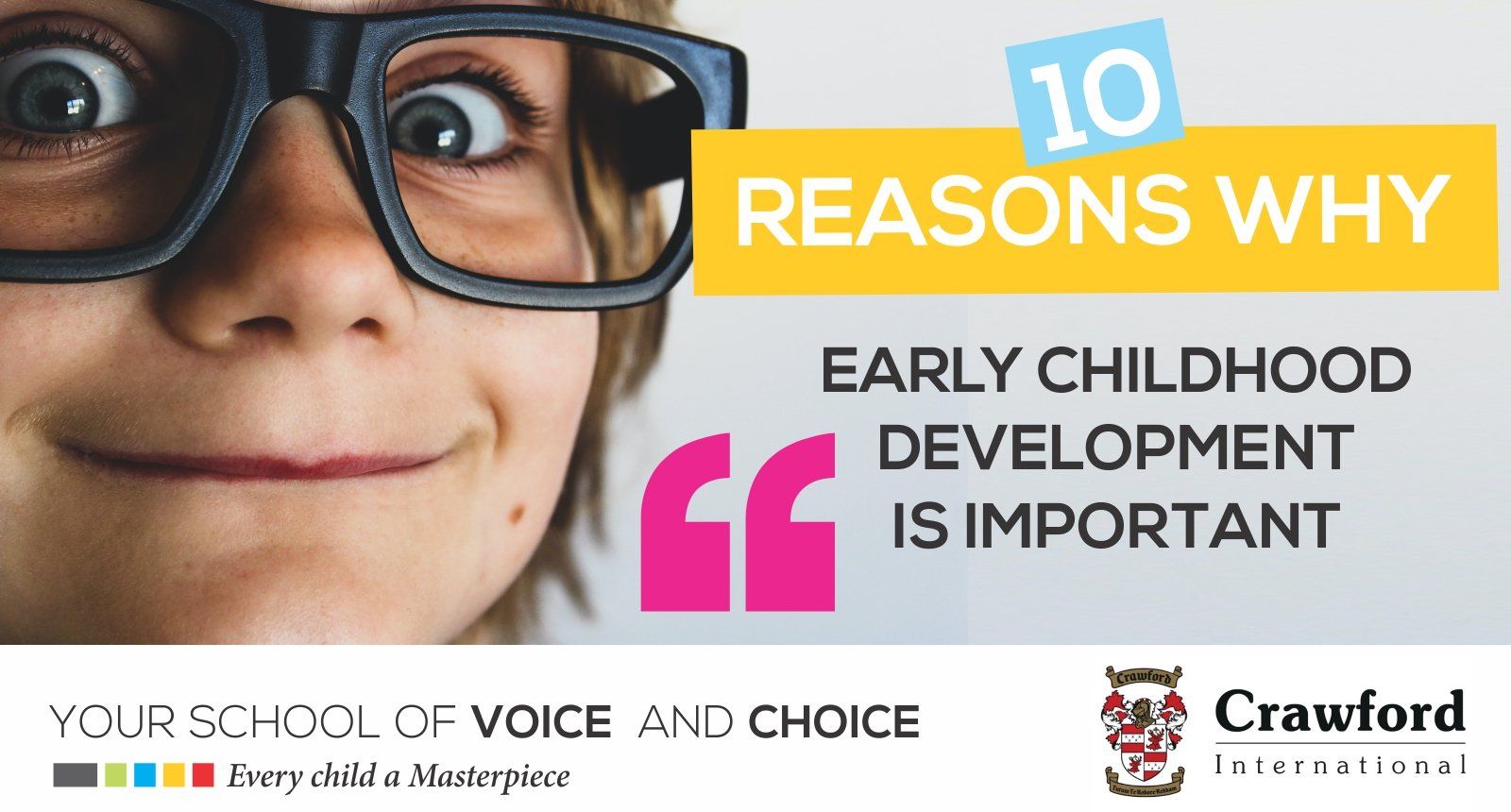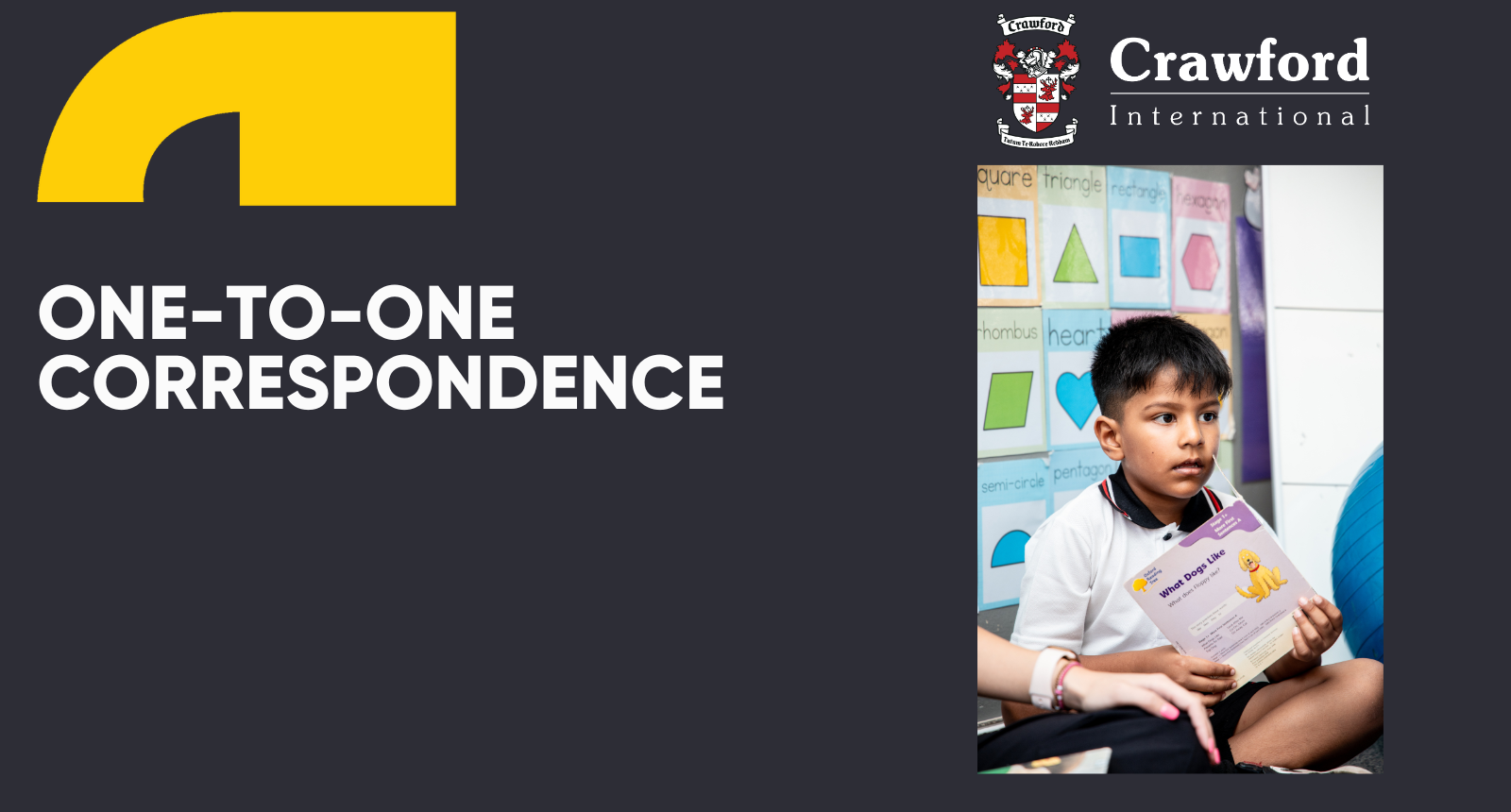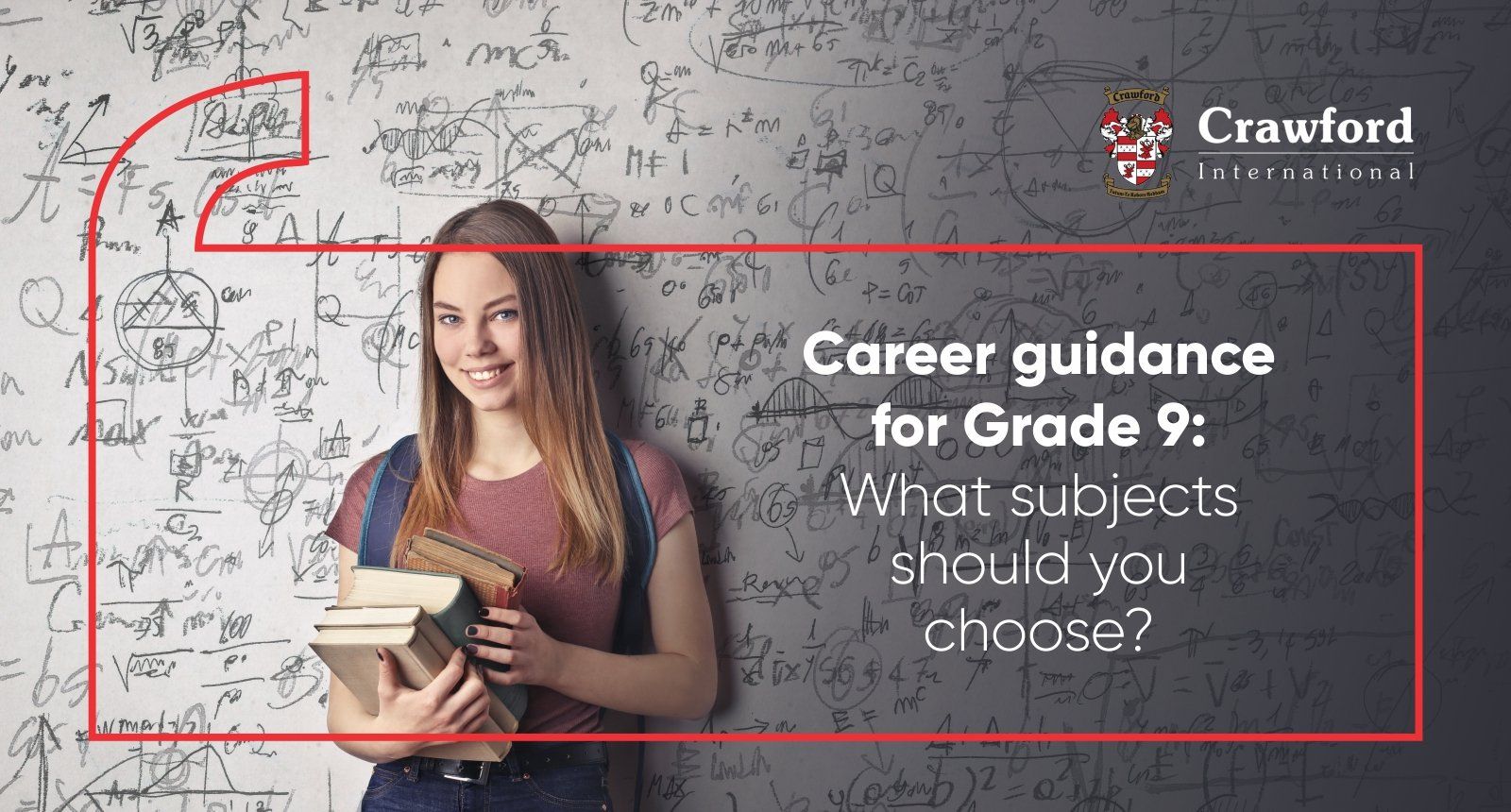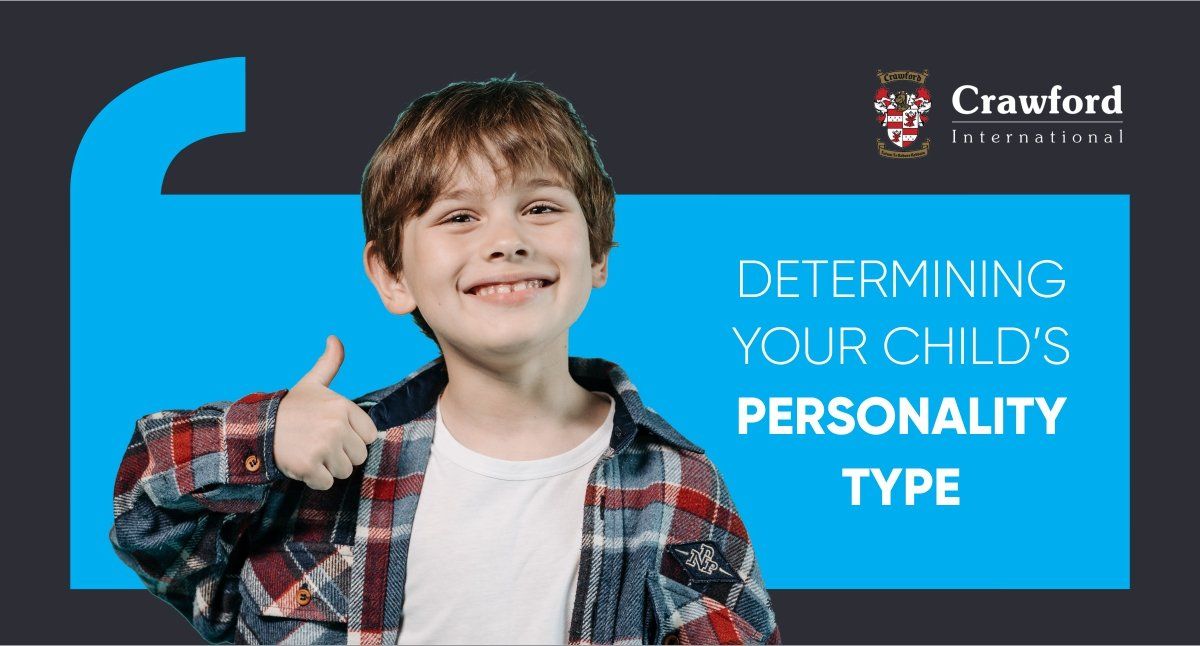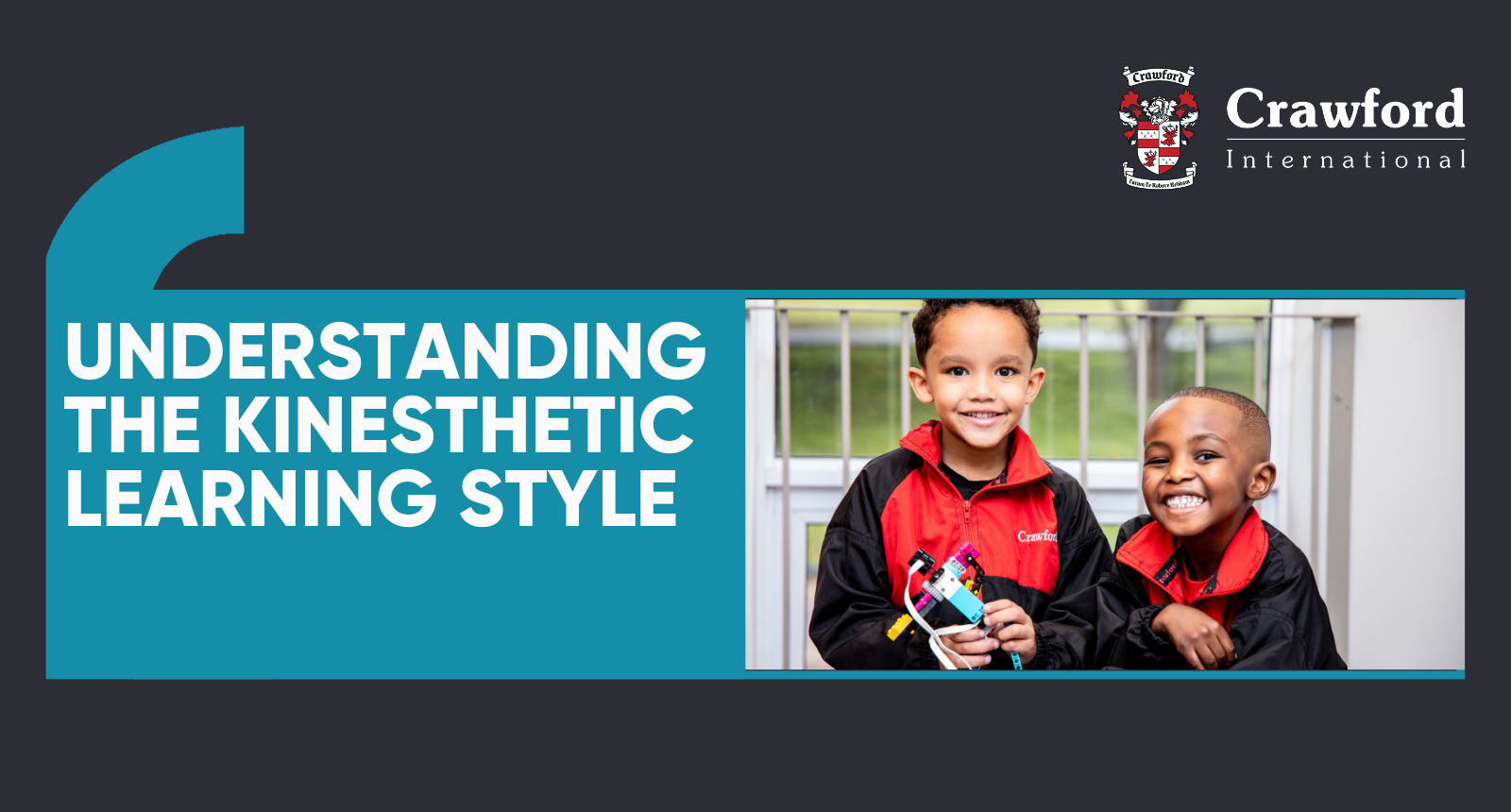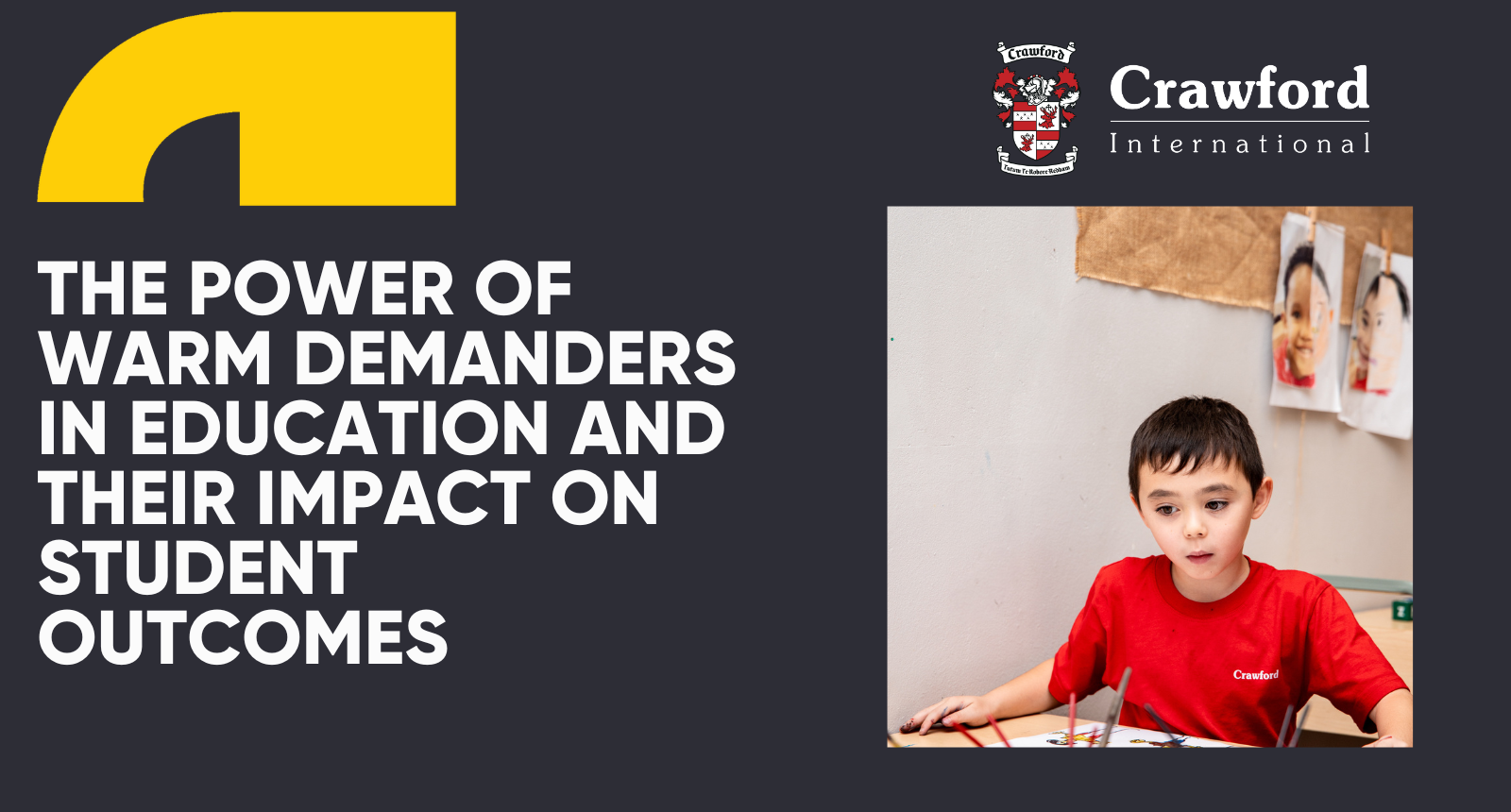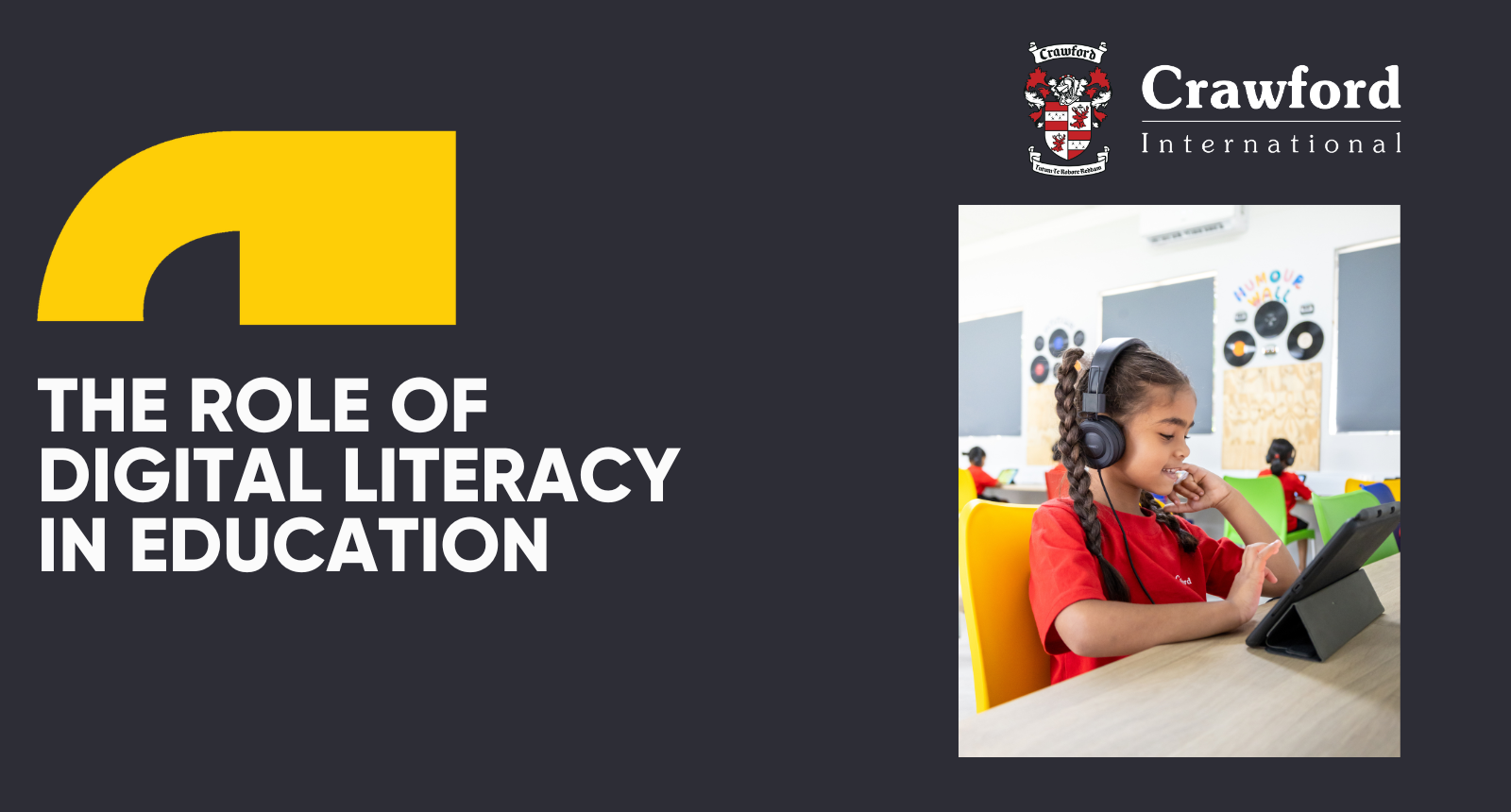MATRICS: YOU’RE STILL STANDING… NOW KEEP ON WALKING RIGHT TO THE END
Independent Institute of Education - ADVTECH • December 4, 2020
MATRICS: YOU’RE STILL STANDING… NOW KEEP ON WALKING RIGHT TO THE END

The Matric Class of 2020 is entering the final stretch of their school careers and their exams, after facing down one of the most disruptive years Grade 12s have arguably ever faced as a collective. While the pressure is slowly lifting, and the end is in sight, now is the time to double down and give the final push to achieve to the best of their ability, an education expert says.
“This year has been so hard, and brought up so many different challenges for Matrics, and they must be applauded for getting this far given all the uncertainty, missed school days for many, and losing out on all the big events and milestones that make this year so special,” says Natasha Madhav, Senior Head of Programme: Faculty of ICT at The Independent Institute of Education, SA’s largest and most accredited private higher education provider.
“You have already demonstrated that you could get this far and deal with everything Covid and the lockdowns have thrown at you. You are already set up for success with your newly developed resilience and grit, so use these new skills to maintain your momentum in coming days to ensure you score every single mark you are able to in your remaining papers. Don’t drop your resolve now, but rather give it your all right to the end,” Madhav says.
She points out that with most of the papers behind students, it is mostly the comparatively less challenging subjects remaining, which may lead Matrics to approach the next few weeks with a more relaxed attitude towards revising.
“But remember that every mark counts toward improving your aggregate, and therefore your options for your future, whether in terms of which higher education institution you can gain access to, or whether you can gain access to your chosen qualification. Given the massive competition for limited opportunities, even small differences between candidates can have a substantial impact on outcomes,” she says.
Madhav says the most important thing to combat now is fatigue – physical and emotional - to ensure you finish strong.
“Don’t let your mind play games with you – try to regain your focus and remember the big picture every single day until you hand in your last paper. Make sure you get enough fresh air and exercise, take regular short breaks that don’t involve a screen, and aim for small wins that compound.”
Madhav says that regardless of performance in previous papers, whether it was good or less than satisfactory, a student’s performance over these next 2 weeks can still make a positive impact on their overall results.
“If you did well in previous papers, now is not the time to relax and let the chips fall where they may. Aim to do as well as possible on your remaining papers, which may broaden your prospects in future, potentially opening up opportunities you may not even have been aware of.
“On the other hand, if you didn’t do as well as you have hoped until now, you have to let that go and focus on what you can still make happen. Don’t panic, because every mark makes a difference and there is still opportunity for you to improve on your general result,” she says.
Madhav says that students should apply a single-minded, laser-like focus to their studies right now, and leave their hopes and anxieties for the future to one side while they complete their exams.
“This will allow you to start investigating your future path armed with the best results you could achieve, and to discover all the interesting and exciting study and career paths that have been emerging in recent years for which you may now likely qualify as a result of your final determination and drive. Greater options don’t equate to lessened competition, so putting in the work during these final days can make all the difference in future.”
Independent Institute of Education - ADVTECH

A Lifelong Educator Mr Chris Herbst has spent 41 years in the classroom. With a Bachelor of Education from the University of the Witwatersrand, he has taught countless learners over the decades. He joined Crawford International Sandton in 1999 and currently teaches Afrikaans to students from Grade 8 to Grade 12. His role spans across five different year groups, a challenge he embraces. “I have my hands full as I navigate the excitement and challenges of teaching an additional language to five different grades,” he says. Why Teaching Still Matters For Mr Herbst, teaching is not a job. It is something he feels deeply connected to. “Teaching is my great passion and calling. The classroom is where I find my motivation and inspiration,” he shares. “When we have a really good lesson and I see our students leave having learned something new, or figured out a challenging concept, then I am motivated and inspired all over again.” These everyday moments keep him grounded in his purpose. They are the quiet victories that reaffirm his place in the classroom. Freedom to Teach with Meaning Mr Herbst values Crawford’s approach to learning, particularly the way it supports teacher agency and student-centred learning. “I love the fact that the focus is student-centred, and that as teachers we have the freedom and the responsibility to create a teaching and learning environment that works best for every learning need,” he says. He believes this flexibility allows for learning to become more meaningful. “If I identify that a particular topic or poem has piqued the interest of my class, I have the freedom to delve deeper and really explore the subject matter without being bound by rigid syllabus rules and time frames.” Connecting Language to the Real World Teaching Afrikaans in a school where it is often an additional language means finding ways to make it resonate. Mr Herbst understands that for many students, the subject may not come naturally. “For many students, learning another language may initially feel like a requirement rather than a passion,” he explains. To bridge that gap, he brings the language to life through content that students can relate to. “It’s important to integrate engaging, real-world content such as music, movies, and stories that align with the students’ interests.” These tools, he believes, help students see the language in context and build an emotional connection to it. A Teaching Legacy Over the course of his career, Mr Herbst has taught more than one generation in the same family. It is a milestone he reflects on with pride. “I have taught students who are now parents, and I am teaching their children today. It doesn’t get better than that.” But what stands out most for him is being remembered. “By far my biggest kick is when a past student recognises me and comes over to strike up a conversation and talk about their life and work after school.”
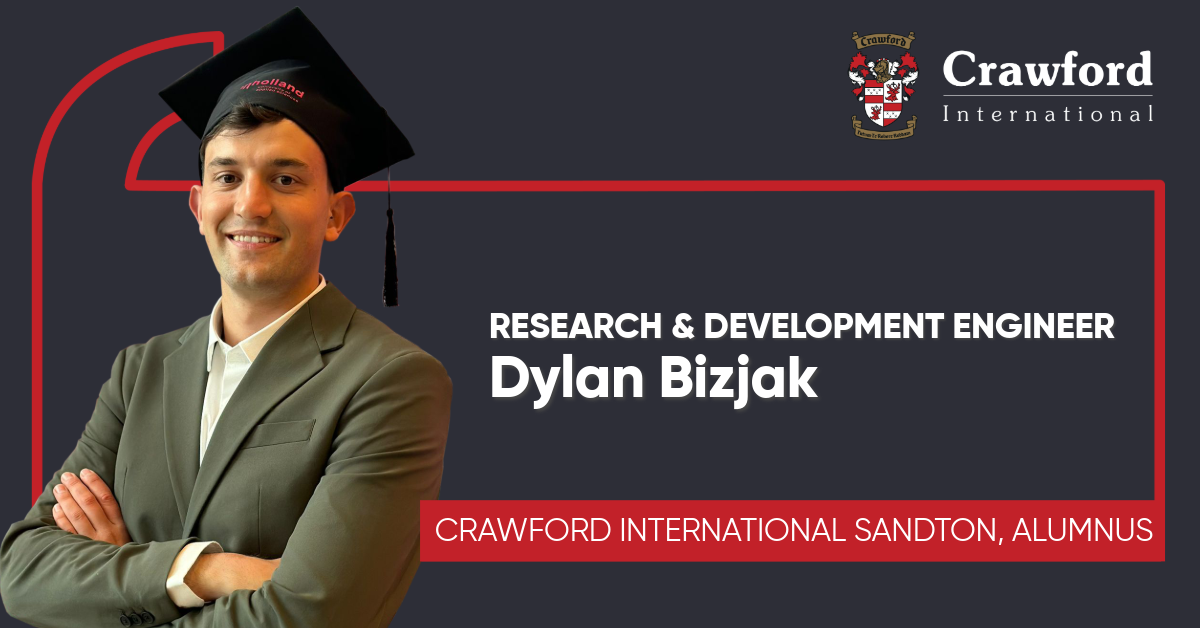
ALUMNI SPOTLIGHT: DYLAN BIZJAK Crawford International Sandton From the classrooms of Crawford International Sandton to the forefront of aeronautical engineering in the Netherlands, Dylan Bizjak’s journey is one of ambition, resilience and innovation . Pursuing a Passion for Engineering After matriculating in 2019, Dylan initially pursued Aeronautical Engineering at Wits University. However, six months into his studies, a new opportunity emerged, one that would take him beyond South Africa’s borders. He secured a place at Inholland University of Applied Sciences in Delft, Netherlands, where he embraced the challenge of international study, even navigating his first year remotely due to the pandemic. Now a graduate with a BSc in Aeronautical Engineering (2024), Dylan has stepped into the professional world, joining Eve Reverse, a pioneering start-up dedicated to climate-positive innovation. What began as an internship in his final year evolved into a full-time role as a Research and Development Engineer, where he contributes to the creation of sustainable, carbon-negative materials. His proudest achievement? Playing a key role in the development of the Eve Dry Tile, an innovative flax fibre material designed to reduce emissions and waste in manufacturing. Achievements at Crawford International Sandton Gareth Beach Award (2019) – Recognised for bravery, dedication, self-development and outstanding achievement in swimming. Sportsman of the Year (2019) – Acknowledged for excellence in swimming, basketball and boxing. Reflections on Crawford Dylan credits his time at Crawford for preparing him for both academic and personal success on the global stage. “Crawford’s approach equips you for university and beyond, whether in South Africa or internationally. It’s not just about academics but about becoming a well-rounded critical thinker and team player. Exposure to diverse cultures, teamwork, individuality and taking responsibility for my outcomes were invaluable lessons I carried with me.” Words of Wisdom To his younger self, Dylan would say: “Step out of your comfort zone sooner. Growth happens when you challenge yourself. Leaving home was tough, but the personal and professional growth was worth every stumble along the way.” Dylan’s story is a testament to courage, hard work and the power of embracing the unknown. From South Africa to the Netherlands, he is proving that the sky isn’t the limit, it is just the beginning.
